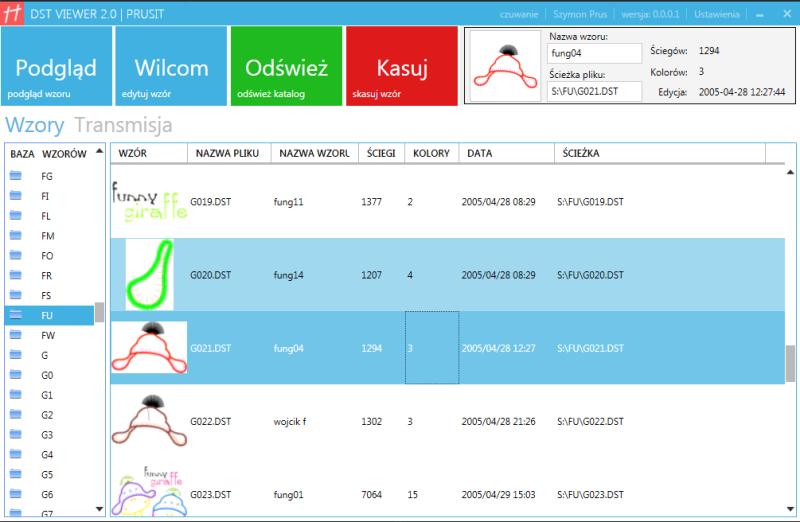
We can see the difference with and without DMA is not obvious (Figure 17 and 18). We also see purple plot, corresponding to wire connection: it corresponds to Tref ( see section 5.1), that is to say data transmission without Wireless Device.
#DST VIEWER BLUETOOTH#
Due to many layer on Bluetooth technology, Figure 19 sees a fluctuation (red and blue plots) in contrary of Zigbee technology (green plot) where all values are concentrated. We don’t show DMA or no DMA strategy on this figure because we focus on delay difference between Zigbee, Bluetooth and wire.


Aim of this graphic (Figure 19) is to show delay variation introduce by Bluetooth technology whereas delay introduce by Zigbee is constant. We can see that average of Zigbee is smaller than Bluetooth. Figure 18 shows delay introduce by Zigbee technology. We note that delay introduce by Bluetooth is very variable. We can see average of delay for both graphics. Figure 17 shows delay introduce by Bluetooth technology, for both data rate with and without DMA. In order to compare Zigbee and Bluetooth technologies, we are working with 2 data rate for Bluetooth technology: § 115 kbps. The aim here is to see delay transmission and not workload of system. We make a simple test: 10 CAN Bus frames per second during 8 minutes.

The experimental protocol used is relatively simple: to illustrate this delay and relevance of material optimization, we wanted to test two strategies: with and without DMA. This experiment was carried out with Zigbee and Bluetooth technology and CAN Bus 2.0B to 1Mbps with DLC = 2. Through our platform we were able to determine the delay time caused by the system. This study was conducted with the WDA (see Section 4.2.1). delay is the time "lost" due to the integration of WD.


 0 kommentar(er)
0 kommentar(er)
